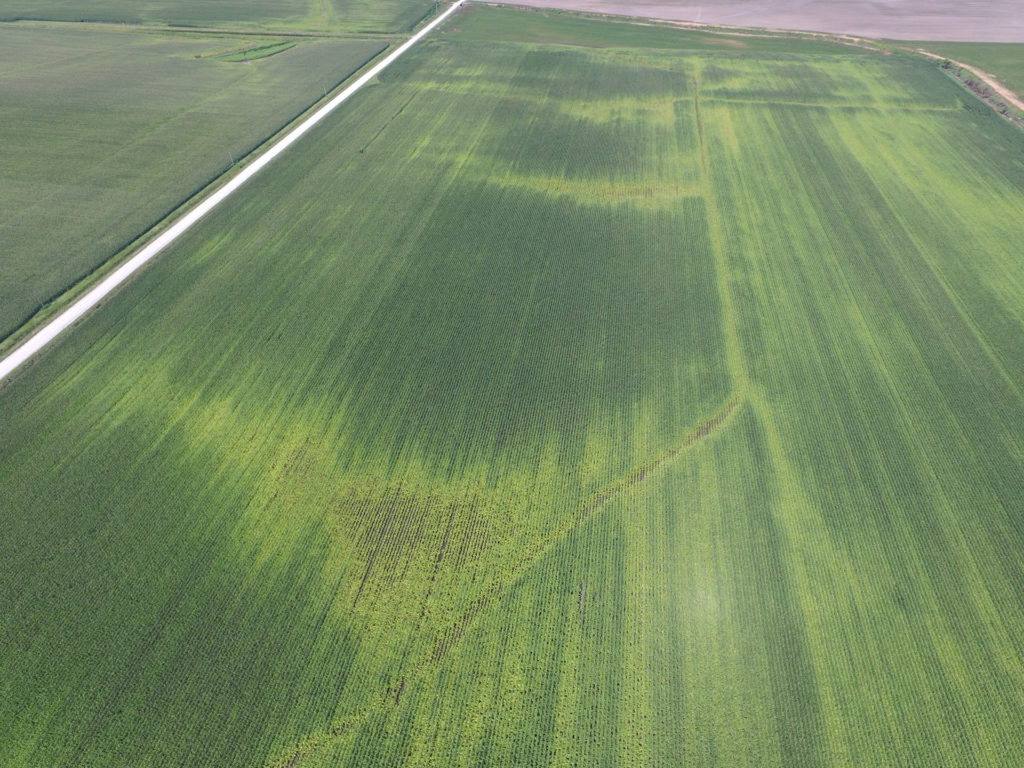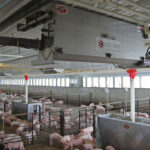In-Season Timing For N
New corn-fertilization research shows ways to fine-tune application timing so more nitrogen goes and stays where it needs to be—in the plant.

In-Season Timing For N
New corn-fertilization research shows ways to fine-tune application timing so more nitrogen goes and stays where it needs to be—in the plant.One of the big decisions every year is when to apply nitrogen fertilizer to a corn crop so the nutrient is present and available when the plant needs it most. Researchers learn more each season about exactly what’s happening to nitrogen in the soil and in the corn plant itself. What follows are recent findings that can inform the choices you make regarding in-season nitrogen application.
In ongoing studies looking at the nitrogen recovery efficiency of modern hybrids, Purdue Professor of Agronomy Tony Vyn and doctoral student Sarah Mueller have found that new hybrids not only take up more total nitrogen, but they are also much more likely to take up 30% to 40% more nitrogen after flowering than older hybrids did.
“So there appears to be more room for a positive response to applying 20% to 30% of total nitrogen after the V10 stage in modern hybrids,” Vyn says, although he cautions that a positive yield response doesn’t happen with every hybrid or in every soil and environment situation.
Mueller, the lead author on the latest study, says they saw the biggest yield response when there was stress, such as drought, early in the season, or if the nitrogen was applied at that later timing in continuous corn. She also noted that while late-split nitrogen timing may not always mean a bump in yield, “we’re shifting the availability of nitrogen in the soil to when the most rapid accumulation is happening—from V6 until silking. And more nitrogen tied up in the plant means it’s not being leached into the groundwater.”
Synchronizing N with Need
Vyn also says one of the benefits of the late-split program may be to cut back on the total nitrogen application in areas of the field that don’t need any more, which can help save nitrogen costs. Research at the University of Missouri is focusing on ways to identify variable needs for nitrogen in real time as well as by analyzing soil conditions in advance, such as low-lying areas in claypan soils.
Peter Scharf, Missouri Extension nutrition management specialist, studies how to manage the great variation in nitrogen needs within a field, and from field to field, based on soil properties, and from year to year in terms of weather conditions. He uses color sensors to see what’s happening in real time during the growing season and then prescribe treatment to match application with the need at that spot in the field.
Scharf also has taken the color sensing to the sky to develop yield-loss maps and nitrogen application files based on georeferenced aerial images of corn fields, allowing growers to look at all their fields in a hurry. “It’s taking the temperature of the corn real-time,” he says. “If it’s hot—dark green—it doesn’t need very much nitrogen. But if it’s light green, you’d better pour it on.”
Scharf notes that today’s farms are so large that many growers can’t cover all their acres quickly enough when sidedressing with anhydrous in-season. The big influx of fast, high-clearance spinners, however, like AGCO’s RoGator, he says, “has greatly increased our capacity to get corn taken care of and supplied with fertilizer, whether as a planned two-thirds in-season pass or as a rescue.”
To see the full version of this article and links to additional resources, go to http://agcocropcare.com/season-timing-n/
Written by: Marilyn Cummins



